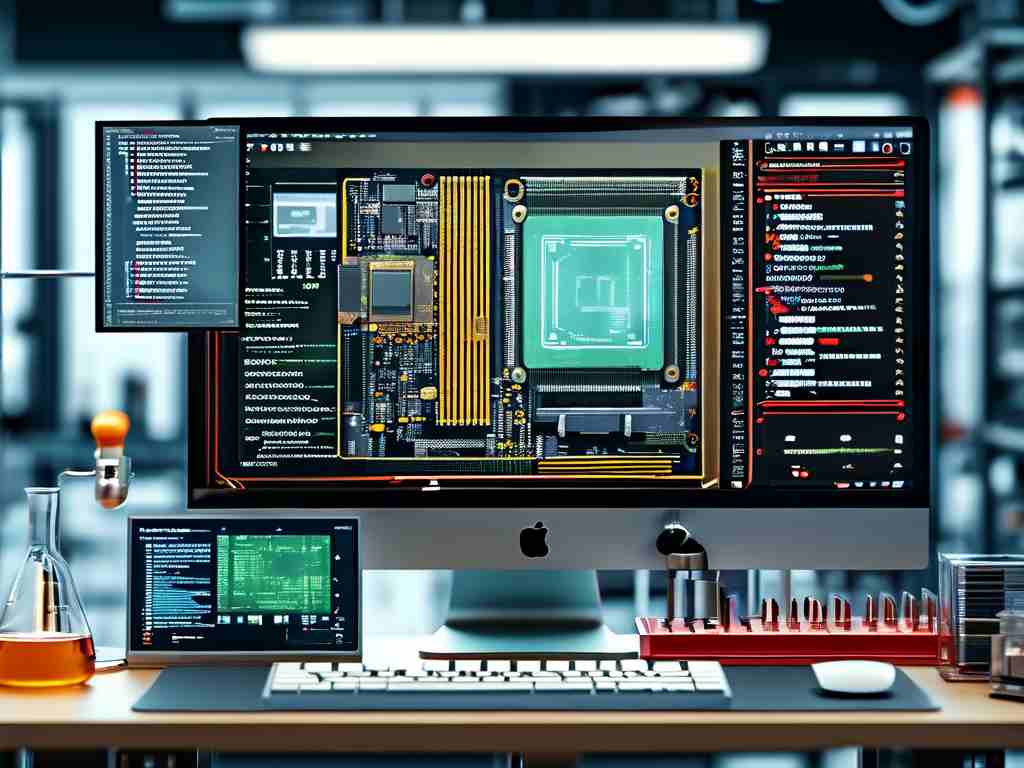The evolution of digital display technologies has spurred innovation in personalized home decor, with embedded smart photo frames emerging as a standout application. This article explores a comprehensive development strategy for creating an embedded smart photo frame, focusing on hardware integration, software architecture, and user-centric design.

Hardware Design and Component Selection
A robust hardware foundation is critical for embedded smart photo frames. Developers typically opt for low-power system-on-chip (SoC) solutions like Raspberry Pi Compute Module 4 or ESP32-based controllers, balancing processing capabilities with energy efficiency. The display panel requires careful consideration—IPS LCDs with 1920x1080 resolution provide vibrant colors and wide viewing angles, while e-paper screens offer ultra-low power consumption for always-on functionality.
For connectivity, dual-mode Wi-Fi/Bluetooth modules ensure seamless integration with home networks and mobile devices. Peripheral components such as ambient light sensors enable automatic brightness adjustment, and capacitive touch overlays add interactive capabilities. Power management circuits must support both battery-operated and USB-C powered modes, with sleep modes reducing energy consumption during inactivity.
Software Architecture and Workflow
The software stack comprises three layers: firmware, middleware, and application logic. A lightweight Linux distribution or FreeRTOS forms the base layer, optimized for resource-constrained environments. Middleware handles core functionalities:
- Image rendering engine with adaptive scaling algorithms
- Network protocols (MQTT for cloud synchronization)
- Local storage management using SQLite databases
Application logic is typically developed in Python or C++, incorporating machine learning models for features like facial recognition. Below is a simplified code snippet for image rotation handling:
def auto_rotate_image(image_path):
from PIL import Image
img = Image.open(image_path)
if hasattr(img, '_getexif'):
exif = img._getexif()
orientation = exif.get(0x0112, 1)
# Apply rotation based on EXIF data
if orientation in [3,6,8]:
img = img.rotate({3:180, 6:270, 8:90}[orientation], expand=True)
return img
User Experience Considerations
Successful implementations prioritize intuitive interaction models. A hybrid approach combining mobile app control (via BLE) and physical buttons accommodates diverse user preferences. Cloud integration enables automatic photo updates from social media or NAS drives, while local caching ensures functionality during network outages.
Security implementations must include TLS encryption for data transmission and secure boot mechanisms. OTA (over-the-air) update capabilities allow feature enhancements without physical access to the device.
Optimization Challenges
Memory management remains a key challenge, particularly when handling high-resolution images. Developers employ techniques like lazy loading and image compression (WebP format) to maintain performance. Power optimization strategies include dynamic clock scaling and selective peripheral disabling during sleep states.
Market Differentiation
To stand out in competitive markets, consider adding value through:
- AI-powered curation algorithms for automatic photo selection
- Multi-frame synchronization for gallery walls
- Integration with smart home ecosystems (voice control via Matter protocol)
Field testing reveals users prioritize reliability (98% uptime) and ease of setup over advanced features. A phased rollout strategy—starting with core functionality before adding premium features—proves effective for balancing development costs and market demands.
The future of embedded smart frames lies in context-aware displays that adjust content based on time of day, room occupancy, or weather conditions. As edge computing capabilities grow, real-time photo enhancement and style transfer features will become standard expectations.
By adopting modular architectures and maintaining backward compatibility, developers can create sustainable platforms that evolve with technological advancements while meeting current user needs.









